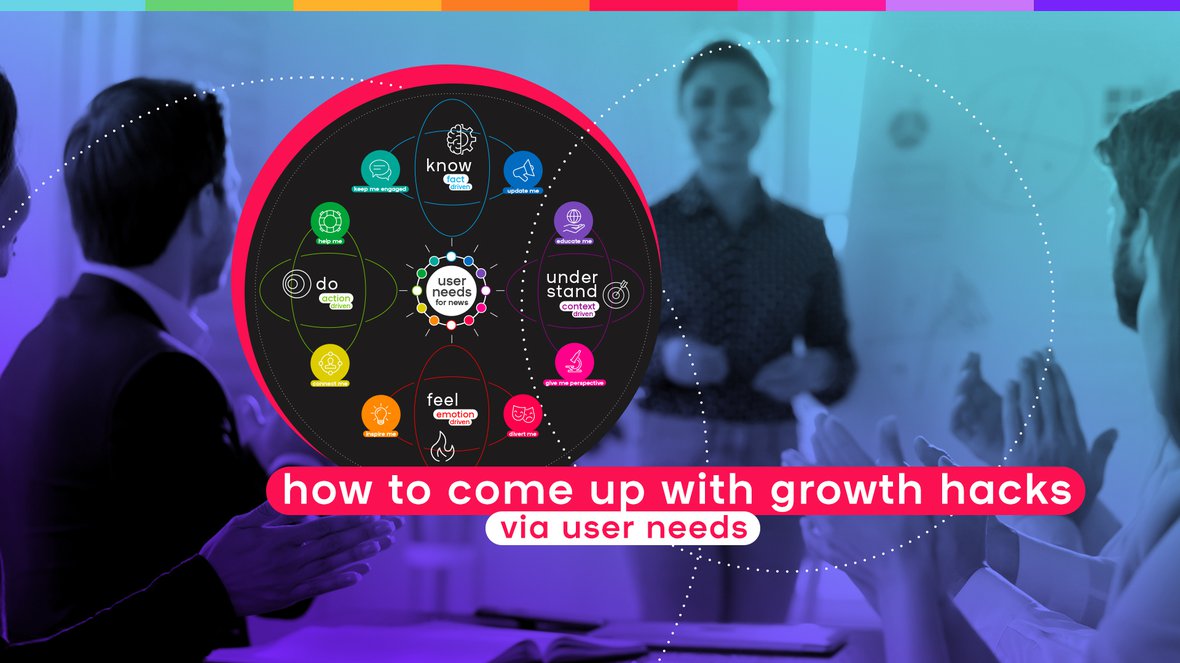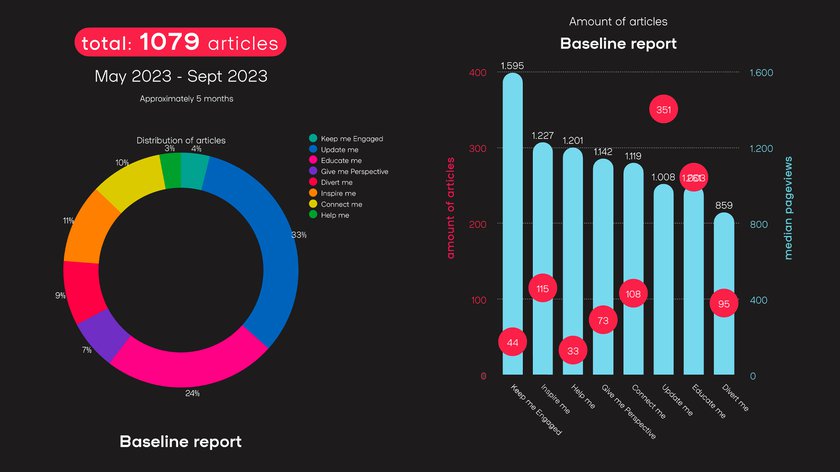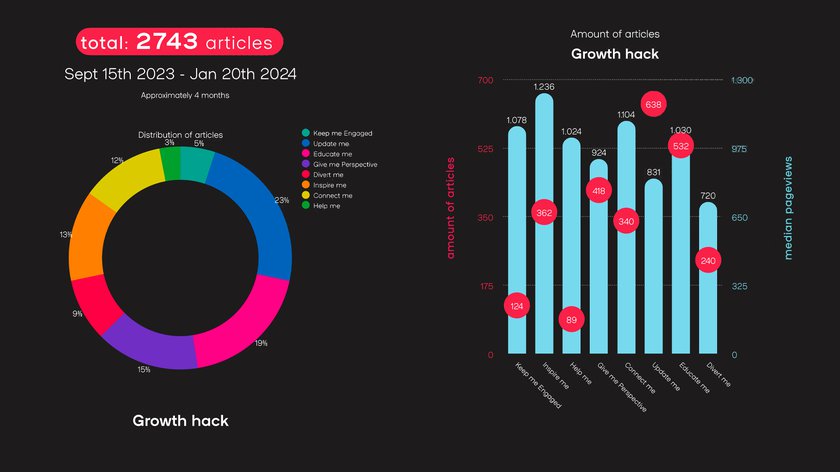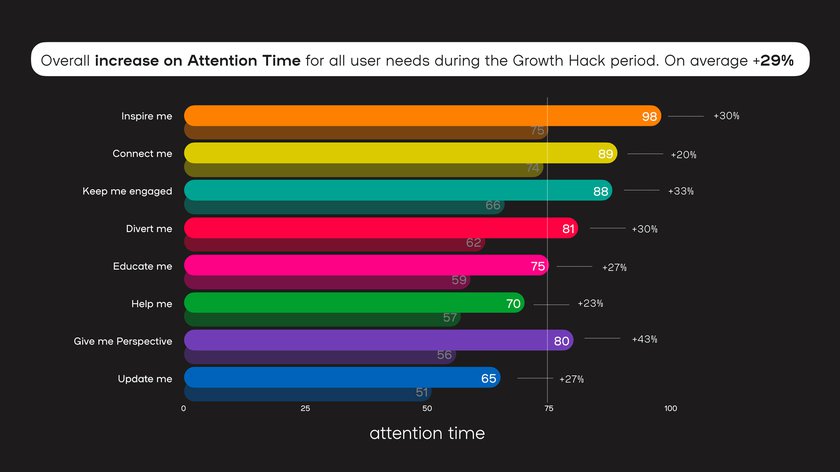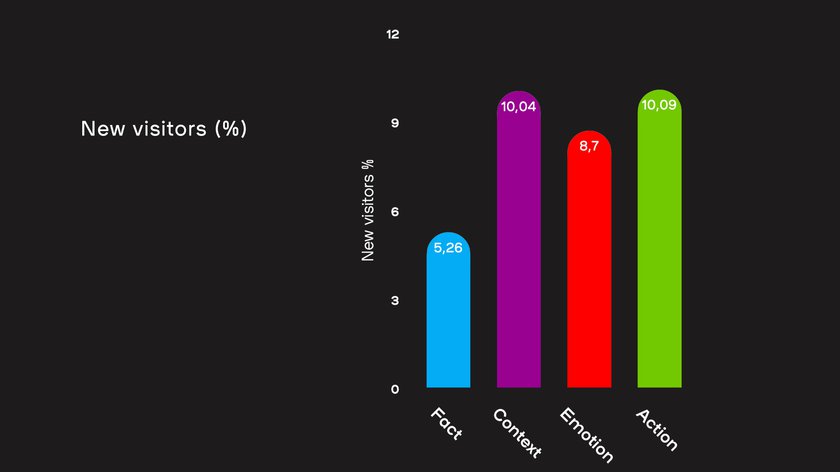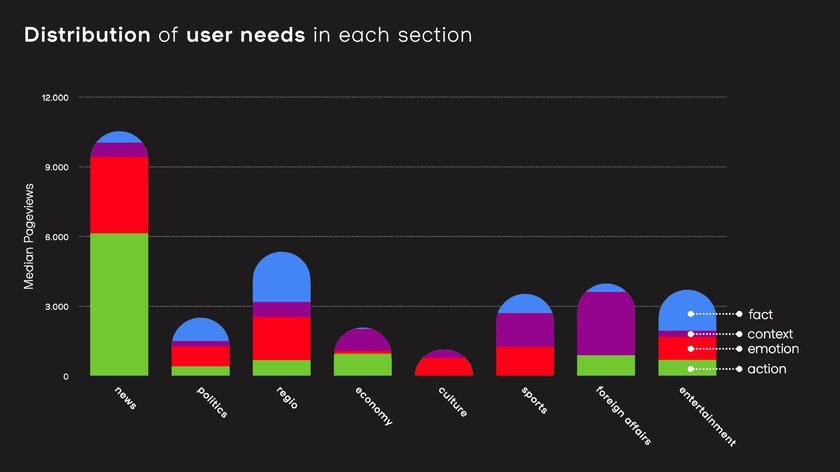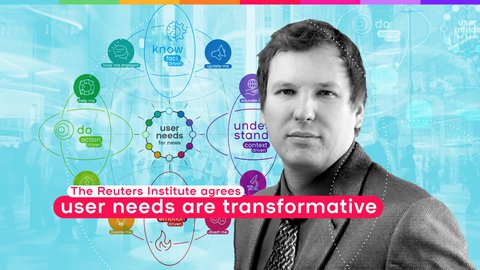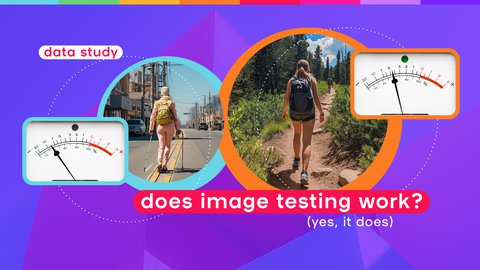The fact that the Reuters Institute has dedicated an entire chapter to the User Needs Model 2.0 in its recently published Digital News Report is confirmation that this is something worth spending time with. And, a great way for publishers to start, is by using the model to run growth hacks.
If you’re being data-driven about your work, the key question is always “what works well - and what doesn't?” But in order to answer that, there’s an even more important question to ask: what is your definition of 'good'?
The answer to this should align with your journalistic mission. Do you aim to provide a certain audience with context on the news, to move people emotionally, or to help readers make choices in their daily lives? In all of these cases, you can start to measure impact by looking at the extent to which these types of stories are widely read (pageviews) and well-read (attention time).
From here, you can assess your strengths and see if you can produce more from the user needs that perform well and less from those that don't resonate with your audience. For a newsroom, this is an excellent way to self-reflect. In the graph below (showing analysis from a client of smartocto), we can see that a significant amount of 'Update me' and 'Educate me' content was produced, but median pageviews were in fact higher for five other user needs.
